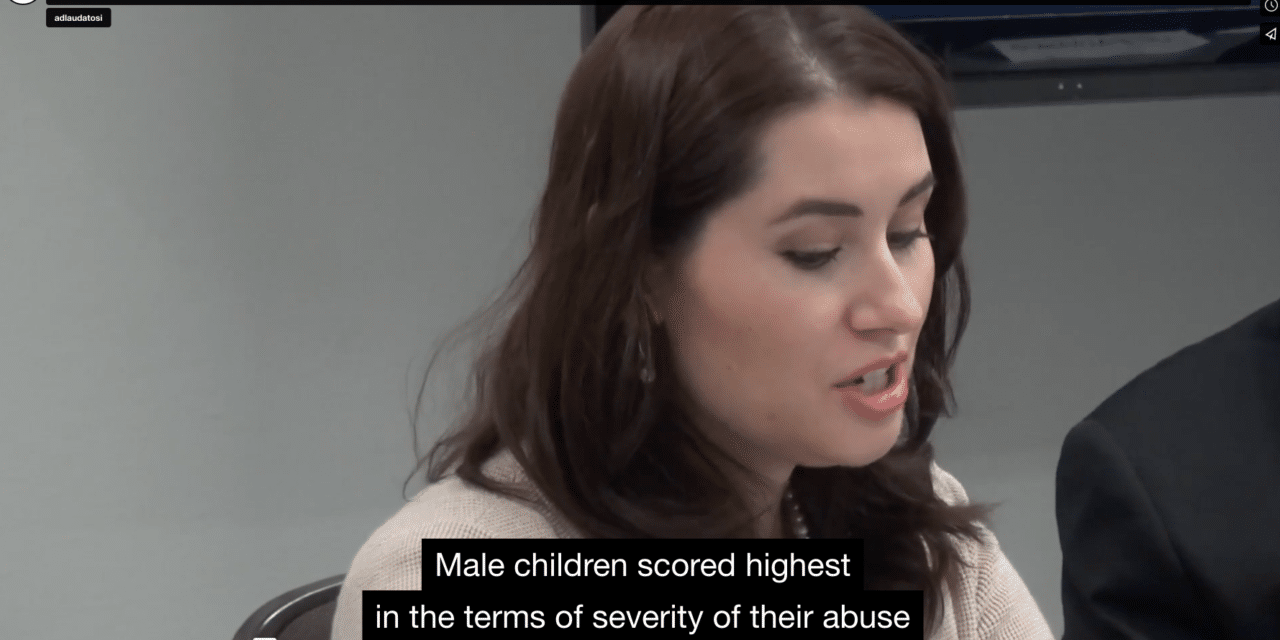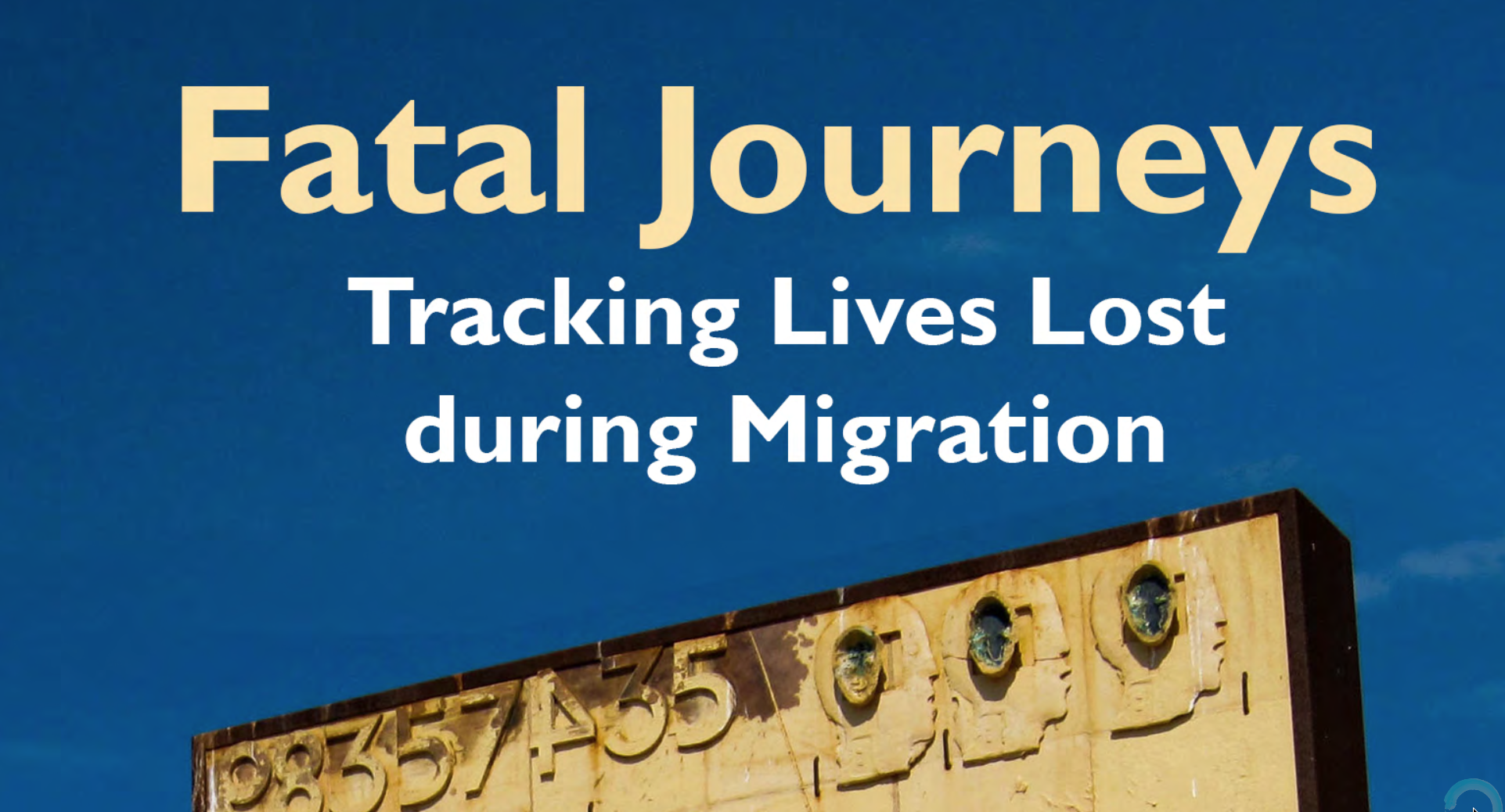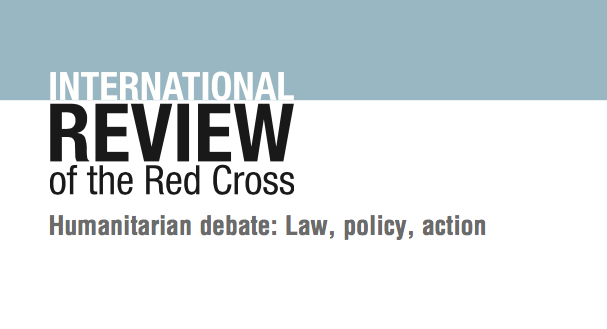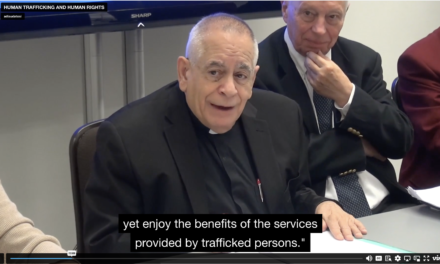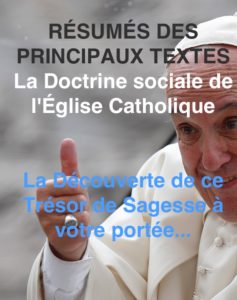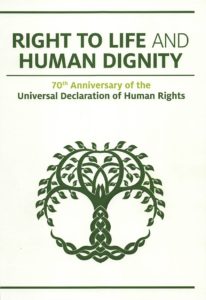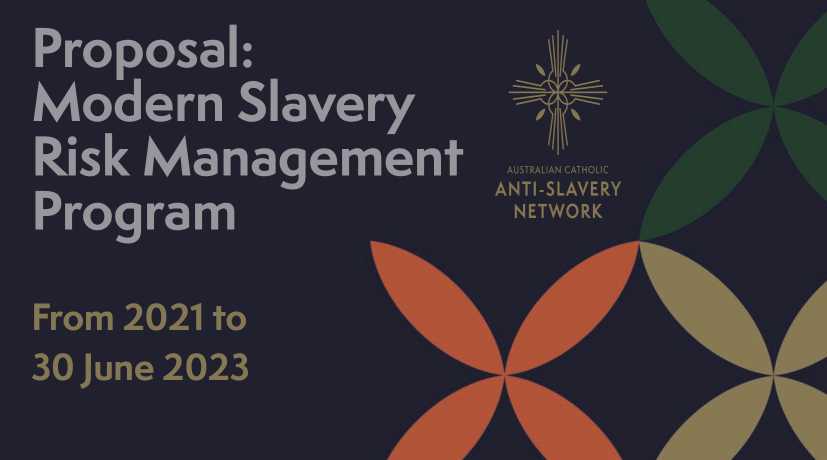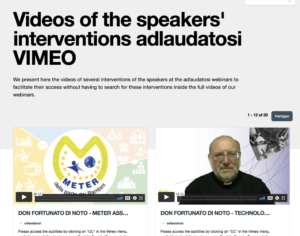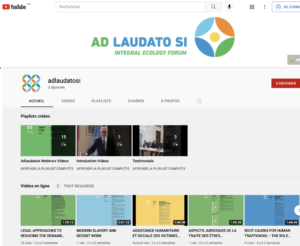NOVEMBER 30, 2023 — GENEVA (SWITZERLAND)
The video of this full event is available HERE.
My name is Ena Lucia Mariaca Pacheco. And I’m honoured to represent the US Council on Violence Against Men and Boys as their Co-founder and Global Ambassador. Over the past 13 years, I have worked with various agencies worldwide towards the common goal of raising awareness and stopping human trafficking. From reshaping Canada’s criminal code on human trafficking and engaging with traffic victims around the world, to now working on human security research, global anti-trafficking projects, and public advocacy on these critical issues. I can summarize my story that brought me here in three moments.
Let me tell you about the first one. The start of my journey in 2010, when I first saw a little girl named Anita. She was barely two years old at the time when she was dropped off in a cardboard box at the doorsteps of an NGO in San José, Costa Rica. On her body, her bones were shattered and she was covered with scars of cigarette burns from her family. I remember her little laugh when we would do physical therapy together. She would laugh to try to hide the tears, but she was so strong. Witnessing her resilience inspired me to dedicate my life to the fight against human trafficking and human rights, especially for children.
The moment began a lifelong journey to those that have been harmed by trafficking and human rights violations. For those that always think about money and never about the suffering they inflict on their victims.
Let’s move on to the second moment in 2011. When I found myself working in remote rural villages, small areas and major cities in Cambodia on a humanitarian aid mission. It was then when I first witnessed human trafficking with my own eyes. Our team identified several karaoke bars in Phnom Penh, which openly sold sexual services with children. Small menus written in black marker listed many forms of abuse and exploitation on sale for only a few dollars. These kids sat closely together on these dirty couches, and each on their shirt marked a number to help the customer choose their preferred victims. These were just children, scared and totally unprotected from the perpetrators just a few seats down. This was no longer distanced news stories on websites, but rather tangible. Helpless children were just an arm’s length away, and I’ll never forget the pain that I witnessed that day.
Now I will share the third moment. While working at Interpol in 2018, I came across a report that unveiled the severe online abuse suffered by infants, toddlers and boys of all ages. Male children scored highest in the terms of severity of their abuse based on the coping scale. These boys were suffering the most severe abuse and they were victim to unimaginable horrors such as bestiality, live torture and murder.
Before this moment, I had only worked with women and girls, and my own internal bias assumed that females were the main victims, and that this must not be a problem for men and boys around the world. But when my gender bias was challenged, it compelled me to learn more about male victimisation. But I noticed that there were fewer studies and very little advocacy and social services focusing on men and boys.
When I encountered where a dominant societal narrative that casts victims as female and perpetrators as male, the literature suggests that many frontline professionals struggle to even perceive boys as potential victims of sexual exploitation and abuse.
Today, I come here to challenge these preconceptions, aiming to redefine the narrative on victims and perpetrators in the context of human rights.
International and national legislations aligned with legal frameworks have prominently focused on the violence against women and girls. Despite the inclusion of male victimisation in some legal instruments, the implementation often associates male victims with the image of a vulnerable girl.
For example, let’s do a quick language analysis of the Protocol to Prevent and Suppress and Punish Trafficking in Persons, especially women and children or also known as the Palermo Protocol. A keyword search reveals a stark imbalance in addressing male and female victims. The word male, man, men or boy results in zero hits. In comparison, eight hits when searching for just the word woman. Even though the term child refers to a person under the age of 18 and of any gender, the inference from the imbalance of word choice is that the child is most likely a girl. In article two, the statement of purpose also highlights that the focus is on prevention and combating trafficking in persons by paying a particular attention and interest to women and children, while fully respecting their human rights. We can be more clear and more balanced, and be more inclusive in our language when we use to describe these issues, especially in these legal and national frameworks.
According to the United States Department of Trafficking Persons, in 2019, there are over 24 to almost 25 million people trafficked globally, and after COVID-19, it was estimated that 49.6, as you said, 50 million are in forced labour, and of those, 27.6 million that are in forced labour, 6.3 are trafficked and forced into commercial sexual exploitation. This is a very clear indication that human trafficking and slavery are increasing and at a very drastic speed. We also know that statisticians like these never capture the full extent of the problem, because within these statistics, we can only include those that we consider to be victims. We only count those that come forth, that seek help, and are believed to be victims by front-line professionals such as law enforcement, NGO workers and researchers. Unless things change, these statistics will most likely always be underreported for men and boys, as they are for women and girls.
In many countries, the absence of any conviction in human trafficking cases with male victims of sexual exploitation reflects the impact and a very real concern about underreporting. To this day in Canada, we do not have one convicted case of human trafficking with a male victim of sexual exploitation. To our statisticians, perhaps this is not significantly relevant or to frontline professionals, they may think this is clearly not happening.
But then how and why do I personally know so many male victims and survivors of human trafficking all over North America who just wished to be listened to and to be heard and to be believed? Over the last six years, I’ve worked closely with male victims and survivors, and I’ve conducted dozens and dozens of interviews, learning from first-hand accounts and what frontline professionals have done to support victims efficiently, but also learned as a collective society, what have we done that greatly harmed victims? All the participants in my research study reported experiencing significant gender bias and scepticism about their victimisation when dealing with frontline professionals such as police, medical staff, and mental health professionals. The survivors told me that services rarely believe their claims, and they were often dismissed by the very same people whose their jobs were to help them.
As reported by one of the participants, whose alias is called Waison, after unlocking repressed memories of his trafficking during his adulthood, he checked himself into a hospital and disclosed the incidences that he had recalled to the mental health professionals there. Wayton said that none of the mental health staff believed his story, and instead placed them in an involuntary hold for a four-week psychiatric hold and visit, where he was forcibly medicated. Wayson just wanted to be free. He had to take back his disclosure of his child sexual abuse, exploitation and trafficking to the hospital staff, even if this meant that he was forced to deny his very real traumatic-lived experiences. This was just a few years ago in Canada.
I believe that the society constructed gender and social biases are determining factors in these institutional failures, because such biases serve as a cognitive shortcut. These shortcuts lead frontline professionals to mistakenly assumed that perpetrators of sexual abuse and exploitation and trafficking must be men, and the victims must be women and girls. Again, frontline professionals themselves has reported in other studies that these biases are actually impacting them when they’re in contact with potential boy victims.
In my research, we see this belief is a big factor that harms male survivors. When disclosing their sexual exploitation to frontline professionals, many survivors reported that they were met with scepticism, disbelief, a lack of understanding of the grooming, process and tactics, and were met with an overtly gender bias where a person disclosing had their experiences dismissed for male victimhood, and in some cases, the dismissal of female culpability when there was a female perpetrator to the survivors, ultimately resulting in no action being taken on their behalf.
As a society, we must first learn how to identify male victims and then find the most effective way to provide restorative services and afford justice to male victims in line with their basic human rights from the Universal Declaration of Human Rights.
When thinking about reintegration back into society after trafficking, most victims remain stuck in a cycle. Occurrence, when the trafficking happens. Silence, this inner struggle to not disclose. An era of acting out, this can be drug abuse, alcoholism, failedrelationships, violence towards others. If there is no intervention at this stage, then a victim can fall into the next stage which is lifelong ramifications and consequences. This could be divorces, lack of contact with their children, alcoholism, drug addictions, depression, long term health consequences, and even suicide.
My research suggests that the intervention first needs to come from the victims themselves. They must inquire for support services and disclosure to get out of this dangerous cycle. But this means the interactions with frontline professionals like us here can either bring them to end their era of silence or keep them there longer, which can last up to decades. It is imperative that we bear in mind that individuals who have experienced human rights abuses, particularly those related to trafficking, are not only healing from the pain and the trauma that they have endured, but also the ways that we have treated them when they were asking for help.
As both individuals and collective, we must exercise discernment in our words and actions when offering support. Abiding by the do no harm principle. Recognising that our actions have potential to either worsen their trauma or contribute to the healing process. This underlines the responsibility we bear in fostering a supportive and safe environment.
One of the participants, a trafficking survivor, told me this, “Being believed today has helped inspire me and provide me with a small sense of closure and peace. However, today was merely the tip of the iceberg for the new chapter of my life. It feels like the more you share, the more you realise you’re not alone and it’s not your fault. It’s not only possible for adult survivors of sexual abuse, sexual exploitation, or human trafficking to make a tremendous impact to enhance the work of advocacy, research, and frontline work and services to others who have been victimised. But this is a must.” All the survivors want, regardless of gender, is to be actively listened to and believed. We see true healing when they feel respected, gain a sense of autonomy from their trauma.
Therefore, as experts, prioritising solutions first and training first is not always the solution. We need to remember that these victims and survivors are people with very human needs that need to be listened to, feel respected, and regain a sense of dignity. These core human rights needs should be placed first before addressing the bigger problem.
So this is what led to the creation and development of a US Council on Violence against Men and Boys. I just wanted to share my insights and find like-minded people who wanted to fight for human rights for all victims, regardless of gender. The US Council is a dedicated collective representing 25 cross sectors of professionals, lived experts, advocates, researchers, educators, public health stakeholders and community members that are committed to dismantling the barriers that perpetuate violence and trauma against males in our society. Establishing with the conviction that every individual, regardless of gender, deserves to live free from violence and its debilitating aftermath. We tirelessly work towards a more just and equitable future for all, and the Council’s purpose is clear to challenge and change the narratives surrounding violence against males as a public health crisis. Fostering a society where all individuals can thrive without fear, prejudice or harm. By illuminating the root causes and effects of violence and trauma, we strive to empower communities, policymakers, and institutions to make positive change, and the mission of the US Council on Violence Against Men and Boys is to advocate, to research, and to educate on matters on violence and trauma experienced by men and boys. Rooted in this public health framework, we delve deep into the complexities of the issues, aiming to eradicate the impacts on the individual, but also on the communities.
Our vision is one where a society that values the well-being and safety of every person, regardless of gender. We envision a world where boys can grow, learn, and thrive without the shadow of violence looming over them. Through data-driven insights, lived experiences, research, and scientific integrity, we strive to create a future where violence is the exception and no longer the norm.
We are working together with our partners. So just next week, we’ll be participating in the webinar, Challenges and Best Practices in Human Trafficking Policy, Legislation, Investigation, and Victim Support Services for Male Victims. This is the fourth in the series of webinars that teach frontline professionals about male victimisation, hosted by Michel Veuthey and the Sovereign Order of Malta. Thank you very much. We are committed to sharing knowledge and resources with the public, professionals and stakeholders. Our educational programme aims to empower individuals in our community with the tools and information needed to prevent and respond to violence and trauma. When the global community finally sees and understands and engages with our content, then that’s when we finally see real change.
At the US Council, we stand united in our pursuit for a safer, more equitable world for all. Together, we can create a lasting change to ensure that every individual, regardless of gender, can live in a free life from violence and trauma.
As you can see here, in June 2024, the US Council will host its very first global conference in Miami, Florida.
This conference is survivor-led and trauma-informed, and we aim for it to be a transformative public health intervention, and we aim for it to be educating and capacity-building to help address the often-overlooked issue of violence against men and boys. With a focus on redefining this again as a health issue, we’re hoping to bring to this conference the private sector, government, health care, social services, criminal justice sector within this so we can gain practical knowledge and skills that are necessary to prevent and respond effectively to all forms of violence.
Through a heightened awareness of the scope of trauma, traumatic experiences by males, attendees will explore the structural determinants of numerous types of violence related to impacts on mental and physical health, education attainability, criminal justice involvement, re-victimisation, financial stability, and public safety. I take this opportunity to invite you all to Miami next year and support of our work that including men and boys in our discussion finally. While it is so important to address human trafficking and human rights, which demand are unwavering attention and collaborative efforts, it is also important that we stand together and we are inclusive when identifying potential victims of some of the most severe violations of our human rights.
Let’s not forget that victims can be of any gender and of any age, and would like to finish a quote from John-Michael Lander, founder of An Athlete’s Silence, a lived expert, and a man whose resilience and inner strength inspires my ongoing commitment to advocate for universal human rights. With his gracious permission, I present his statement:
“We need to look at the long term effects of sexual abuse and trafficking as two separate entities, the trafficking event itself and number two, the meaning the survivors placed on the event. Feelings and emotions. The event is traumatic and extortion from the exterior presence, but the inner meaning we attach to understand and comprehend why it happened can be much more detrimental. Since the experience, survivors struggle every day battling against the internal negative self-talk to appear and function normally as possible, based on the stigmas of our society bestowed upon us.
In hindsight, I realised I punished myself through shame, guilt and embarrassment and negative self-talk. As survivors pursue their healing journey, they are not very far from being triggered by outside influences that will rapidly return their psyche to the exact moment of the event, even if they have had perfect in the numbing and distance strategies to protect themselves. Since each survivor is unique, their healing journey needs to be individually devised for optimum success. Sharing our stories help others while providing ourselves with the critical insight to heal. I want people to understand that healing is a lifelong journey. So human rights are non-negotiable and fundamental, guiding our collective responsibility, as we have said, towards a more humane and just society.”
So I urge you here to take this knowledge gained from today’s meeting and to turn it into action. Whether you work in policy, legislation, investigations or any other field, your contribution matters. Together, we can make meaningful impact and contribute to a world where human trafficking is eradicated and survivors are provided with the support and care they deserve, regardless of their status, their ethnicity, their religion or genders because all survivors matter.
Thank you very much.

